 By Hubery Editer
By Hubery Editer
Metal ore has always been very popular with mine owners because of its great commercial value. But how to make a full distinction? The following is to share with you the most popular metal ore separation process method and separation flow.
According to the physical and chemical properties of different minerals in the ore, mineral processing is a process in which useful minerals are separated from gangue minerals by gravity separation, floatation separation, magnetic separation and electrical separation after crushing and grinding the ore, and all kinds of symbiotic useful minerals are separated from each other as much as possible to remove or reduce harmful impurities in order to obtain raw materials for smelting or other industries. There are also several rare mineral processing methods, such as chemical ore separation, microbial ore separation and so on.
The medium of gravity separation is mainly water flow. According to the different specific gravity of mineral raw materials, the shaking table and spiral chute can be used for separation. Gravity separation is the main mineral processing method for the separation of wolframite, cassiterite, placer, coal, and manganese ore, and is also widely used in the separation of a rare metal sand mine. The gravity separation is suitable for a wide range of particle size, from hundreds of millimeters to less than one millimeter, and the cost of mineral processing is low, the pollution to the environment is also less. Where the grain size of minerals is in the above range and the specific gravity difference between components is large, the gravity separation is the most suitable. With the increase of lean minerals and fine mineral raw materials, the gravity separation equipment tends to be large and multi-layered, and the compound equipment, such as centrifugal concentrator, shaking turning machine, vibrating spiral chute and so on, are used to improve the gravity separation efficiency of fine materials. The gravity has been able to effectively separate 20 μ m materials, and it is the most important method of coal preparation.
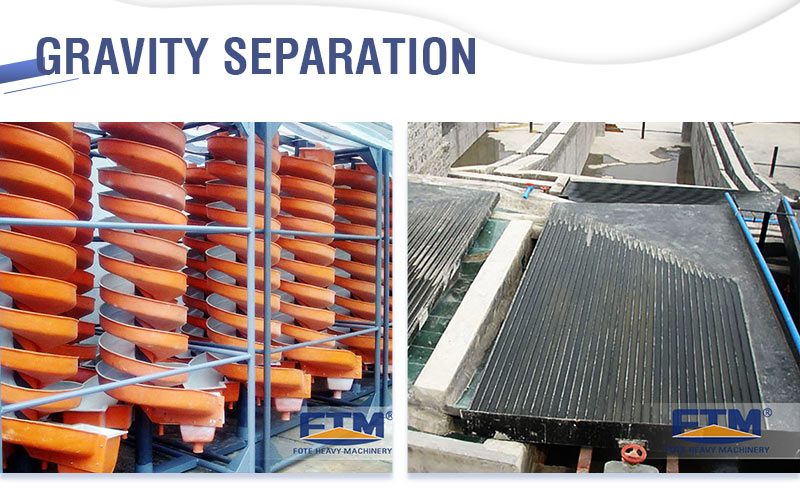
The differences in water wettability (hydrophobicity or hydrophilicity) were selected by using the surface of various mineral raw materials. The flotation separation usually refers to foam floatation. There are few natural hydrophobic minerals, and collector is often added to the pulp to enhance the hydrophobicity of the minerals that want to float out. Adding a variety of regulators to improve selectivity. Adding foaming agent and inflate to produce bubbles, attach hydrophobic mineral particles to bubbles, and then float and separate. Floatation can usually deal with materials smaller than 0.2~0.3mm. In principle, it can separate all kinds of mineral raw materials, which is one of the most widely used methods. The whole floatation process adopts floatation machine, which can be customized into three tanks, five tanks, and eight tanks according to the needs of customers.
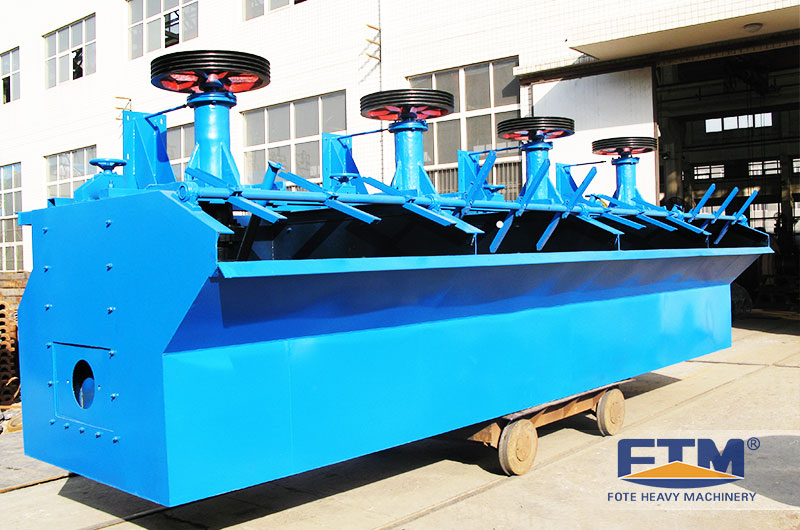
According to the different magnetic properties of mineral particles, they are separated in an inhomogeneous magnetic field. Strong magnetic minerals (magnetite and pyrite, etc.) are separated by weak magnetic separator. The weak magnetic minerals (hematite, siderite, ilmenite, wolframite, etc.) are separated by high magnetic field magnetic separator. Weak magnetic iron minerals can also be transformed into strong magnetic minerals by magnetization roasting, and then separated by weak magnetic field magnetic separator. The structure of the magnetic separator is a tubular type, a belt type, a rotary ring type, a disk type, an induction roller type, etc. The main development trend of magnetic separation is to solve the problem of recovery of fine particles and weak magnetic minerals.
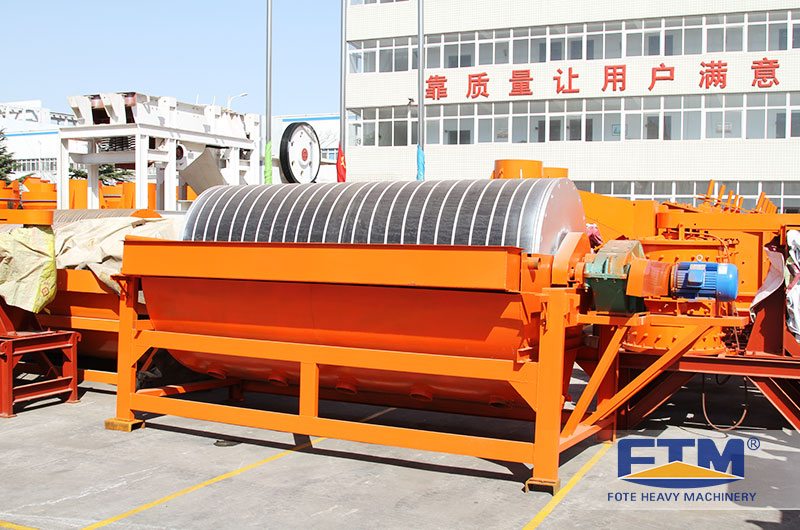
According to the above methods, it is concluded that ilmenite, limonite, hematite and iron ore are suitable for magnetic separation. Copper ore, lead ore, zinc ore and nickel are suitable for flotation separation. Tungsten, tin, gold and coal are suitable for gravity separation. White tungsten, tin, rutile, tantalum and niobium can be separated by electricity separation.
Mineral processing is the most important link in the whole production process of mineral products, and it is the key department in mining enterprises. In general, large mining enterprises are comprehensive mining, selection, the metallurgy of resource-based enterprises. The mineral processing process is completed in the concentrator. The following three basic processes are generally included.
Including raw ore (raw coal) crushing, screening, grinding, classification and other processes. The purpose of this process is to separate useful minerals from gangue mineral monomers and to separate various useful minerals from each other. In addition, this process also creates suitable conditions for the next step of mineral processing separation. According to the ore properties and separation needs, some concentrators are equipped with ore washing and pre-separation and throwing waste rock before the separation operation.
The machines used in this process are jaw crusher, vibrating screen, ball mill and spiral separator.
The useful minerals are separated from the gangue by means of gravity separation, magnetic separation, flotation, electric selection, and other beneficiation methods, and the useful minerals are separated from each other to obtain the final ore-dressing product (concentrate, tailings, sometimes also in-produced ore). In separation operations, the beginning selection is called rough selection (rougher). The separation operation of further separating the products from rough separation to obtain high-quality concentrate is called featured (cleaner). The products after rough separation are further separated, and the separated ore is returned to rough separation or separate treatment in order to obtain a higher recovery rate. This process is called cleaning (scavenger), after cleaning the product is the tailings.
The machines used in this process are spiral chute (shaking table) magnetic separator, float machine, and electric separator.
Including various concentrates, dehydration of tailings products, precipitation concentration of fine-grained materials, filtration, drying and washing water clarification cycle reuse.
The machines used in this process are dryer, high-efficiency concentrator, and filter.
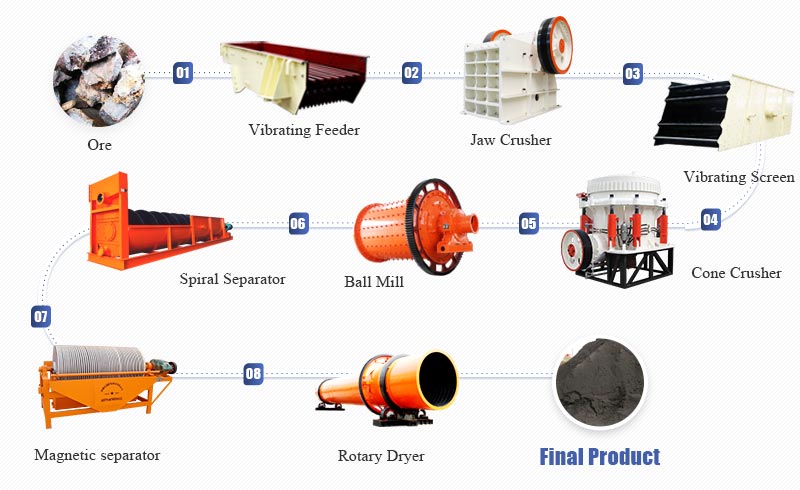
Grade refers to the ratio of metal or valuable ingredients to the total amount of the product. And it is one of the indexes to evaluate the quality of products. α is usually used to represent the grade of raw ore, β to represent the grade of concentrate and θ to represent the grade of tailings.
The ratio of the weight of the product to the total amount of raw ore is called the yield of the product. Expressed in γ.
Mineral processing ratio is the ratio of raw ore weight to concentrate weight. It can be used to determine the tonnage of the original ore to be treated with a ton of concentrate.
Also known as enrichment ratio. That is the ratio of the table fraction β of the content of the useful component in the concentrate to the percentage α of the useful component in the ore. It is often expressed as i. It means that the content of useful ingredients in the concentrate is a multiple of the increase in the content of the useful ingredient in the ore.
The percentage of the weight of the metal in the concentrate to the weight of the metal in the original ore becomes the recovery rate, which is commonly expressed by ε.
The significance of mineral processing can be analyzed from the following three aspects:
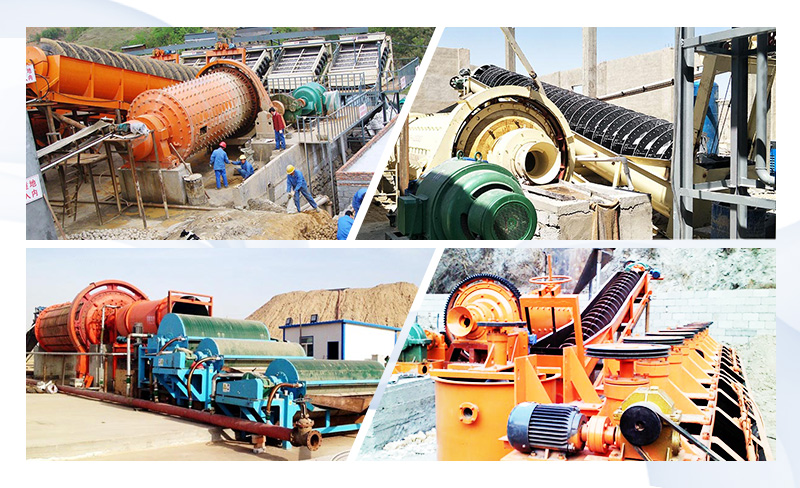
 Online Chat
Online Chat